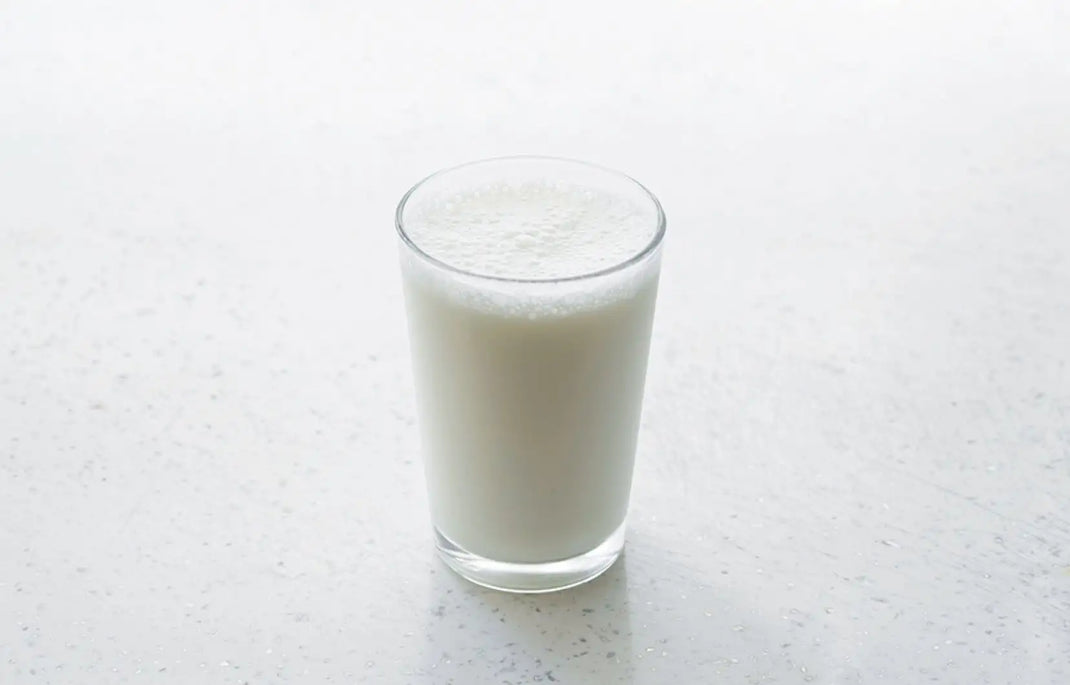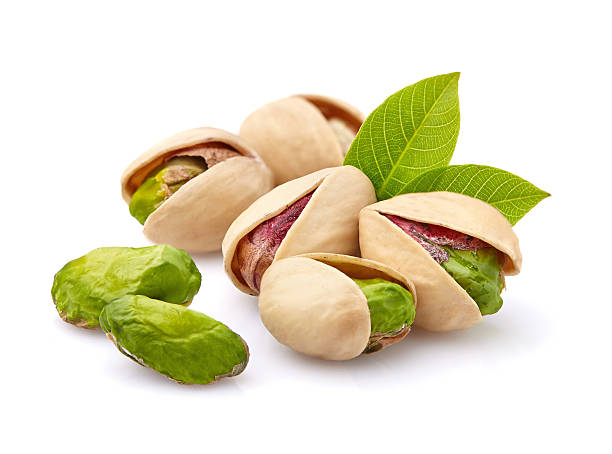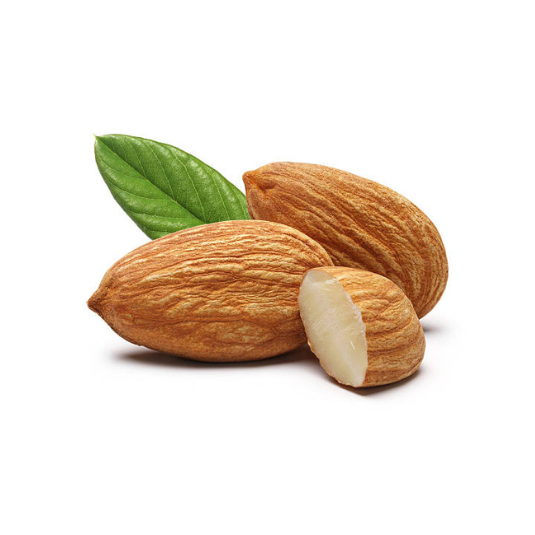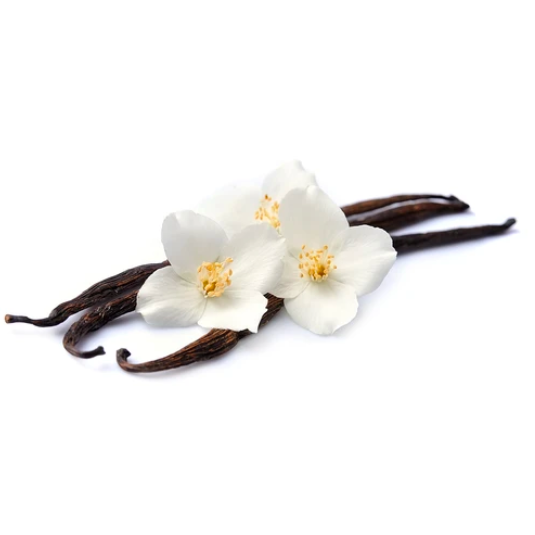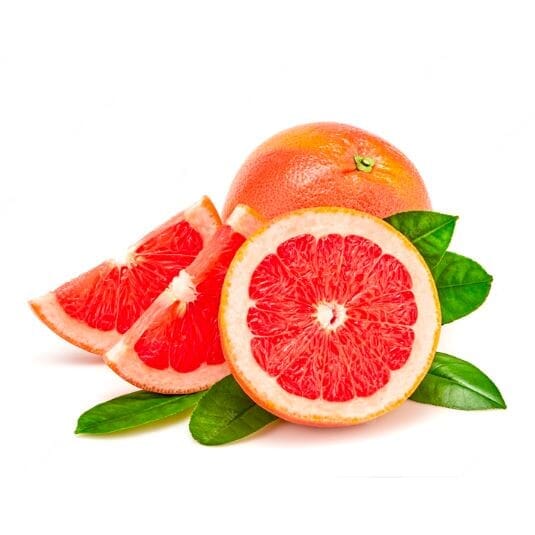Bon Parfumeur praline perfumes
Rediscover the scent of your first childhood pleasures with our 501 eau de parfum !
Hazelnut sets the tone, then in the heart, praline and licorice form a bubble of sweetness. Powdery iris initiates the transition to musky notes. A deliciously addictive fragrance, with a strong trail of patchouli!
Name and etymology of praline
The name "praline" originates from the town of Pralognan-la-Vanoise, located in the French Alps. It was in this mountainous region that pralines were first created in the 17th century. Originally, pralines were almonds coated in boiled sugar. But over time, recipes evolved to include different types of nuts and seeds, as well as chocolate. In perfumery, praline is used to create sweet and indulgent scents, often combined with notes of vanilla and caramel.
History of the praline
The praline is a sweet treat that has been delighting palates for centuries. Its history dates back well before its popularity as a candy. It is believed that pralines originated in Persia, before crossing borders and seducing European palates. In France, it was in the Alps that the praline reached its peak in the 17th century, before being adapted into various forms and recipes.
Origin of the praline
In perfumery, praline has only been used for a few decades to add a sweet and indulgent touch to certain fragrances. The use of praline in perfumes dates back to 1992, when Thierry Mugler launched his famous Angel perfume. Since then, praline has become a highly appreciated olfactory note for its indulgent and comforting qualities. Today, many brands offer praline perfumes.
The praline fragrance recreated through synthetic molecules
Unlike natural ingredients commonly used in perfumery, there is no natural praline molecule. Perfumers must therefore use synthetic molecules to recreate this complex and unique scent.
Synthetic molecules offer perfumers a wide range of scents and constant availability. They also allow them to explore new aromatic combinations and create unique fragrances.
Processing and transformation of synthetic praline
The synthetic molecules used to recreate the smell of praline are aldehydes, esters and lactones.
Aldehydes provide a sweet, cooked note, while lactones are responsible for the milky, creamy texture. Esters contribute to the praline's fruity note. Finally, the chemical compound "ethyl maltol" is responsible for this accord, which combines the scent of caramel, praline, and strawberry. Together, these molecules allow the perfumer to recreate the sweet and comforting scent of praline.
Olfactory profile of praline
Although praline doesn't belong to any particular olfactory family, it is characterized by sweet, vanilla, and almond notes. Vanilla brings a milky sweetness and roundness to the fragrance, while almond notes add a subtly bitter note and a creamy texture. Caramel and chocolate add sweet, gourmand notes, reminiscent of the delicious pralines we can enjoy.
The stages of making praline perfumes
Making a praline perfume involves several steps. First, perfumers select specific ingredients and chemical compounds to recreate the scent of praline. Once the ingredients are ready, they are meticulously blended to achieve the desired praline olfactory note. Quality control checks are carried out throughout the process to ensure the safety and quality of the finished perfume. Each perfume house may have its own recipe and process.
The benefits and virtues of praline
Although praline is mainly associated with sweet pleasures, it also has benefits for our health.
Almonds, one of the key ingredients in praline, are rich in unsaturated fatty acids, fiber, protein, and vitamins. These nutrients are essential for maintaining a healthy heart and reducing the risk of diabetes. Additionally, vanilla, which is often used in combination with praline, is known for its antioxidant and anti-inflammatory properties. It can also help reduce stress and anxiety.
Use of praline
The different uses of praline
Praline is a versatile ingredient, often used in baking and perfumery, but also in other areas. It is used in the making of ice cream, chocolates, as a topping for desserts, and as an ingredient in drinks such as coffee and cocktails. It can also serve as a decorative element in the kitchen, adding a crunchy texture and a sweet taste. Additionally, praline-scented candles bring a warm and indulgent atmosphere to your living space. When lit, these candles release a soft and sweet praline aroma, creating a comforting and delicious ambiance. They are ideal for relaxing moments, cozy evenings with friends, or for adding a touch of indulgence to your home.
Use of praline in perfumery
The praline accord is used in perfumes for its warm , sweet , and sensual scent . This gourmand note is often associated with notes of vanilla, caramel, nuts, and chocolate. Praline-based perfumes are often considered sweet and comforting, so we highly recommend them if you're looking for a winter fragrance.
Olfactory accord of praline
The praline olfactory accord can be used in the heart or base notes of a perfume. It can also be used as a subtle touch to add depth and complexity to an olfactory composition.
Thus, the praline olfactory accord is often present in gourmet perfumes. It adds a comforting touch that makes our mouths water.
The famous praline flavors
Praline is a popular note in perfumery. Here are some examples of famous perfumes that contain the praline note:
• Angel by Thierry Mugler is an amber eau parfum that features vibrant and engaging top notes. The first olfactory impressions of this captivating fragrance are made up of juicy and tangy fruity notes, such as mandarin and red berries. These top notes bring a sparkling freshness and a touch of subtle gourmandise before melting into the rich and voluptuous heart of the fragrance, where notes of praline, vanilla, patchouli and chocolate are found.
• Oud Bouquet by Lancôme is a woody oriental eau de parfum that contains notes of oud, rose and praline. Launched in 2014, it is popular for its warm and sensual scent that evokes memories of an exotic journey.
• Dior Fève découse Eau de Parfum is an oriental and gourmand men's fragrance that contains notes of praline, tonka bean, cocoa, and vanilla. Launched in 2015, it is popular for its warm and sweet scent that evokes memories of decadent desserts and chocolate.
• Lancôme La Vie est Belle Eau de Toilette is an iconic fragrance that embodies happiness, joie de vivre, and independent femininity. Sparkling top notes of orange and blackcurrant blend with delicate accords of jasmine and orange blossom, while the base notes reveal an intoxicating blend of iris pallida, patchouli, vanilla, praline, and tonka bean.
• Au Masculin by Lolita Lempicka is a masculine eau de parfum. This captivating and captivating fragrance features a unique blend of woody, spicy, and sweet notes. It opens with accords of mint and licorice, evolving into notes of rum. It finishes smoothly with praline and vanilla in the base notes.
Bon Parfumeur praline perfumes
Bon Parfumeur is a French-made company that offers a wide selection of products for all tastes! Here's a praline eau de parfum you might like:
• Eau de parfum 501 with praline, licorice and patchouli
The scent of our first childhood pleasures! Hazelnut sets the tone, followed by heart notes of praline and licorice that create a bubble of sweetness. A powdery iris begins the transition to musky notes. A deliciously addictive fragrance with a strong trail of patchouli!
If you would like to know more about our different fragrances, please visit our website or come see us in store!





